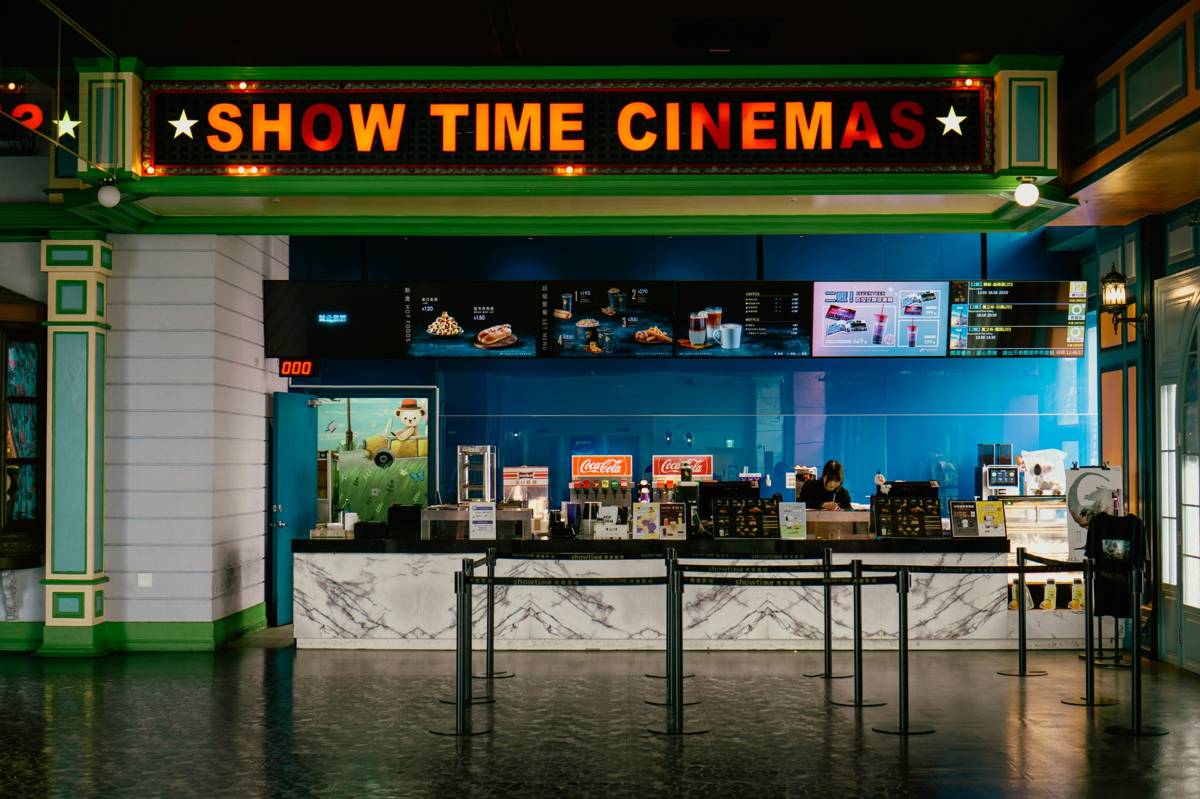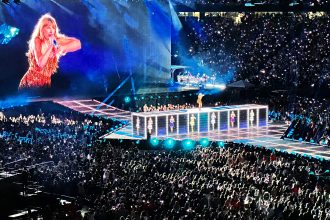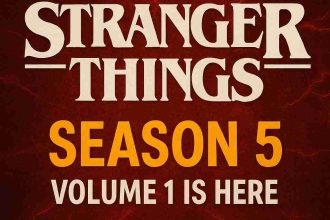When Taylor Swift’s concert film unexpectedly shattered box-office expectations, it became more than a win for her fandom it signaled a turning point for theatrical distribution strategies. The burst of excitement, FOMO, and social energy around that release turned a music event into cinematic gold. Studios and distributors are now watching closely, wondering how to turn singular moments into box office gold mines again.
Swift’s film premiered with a roar, proving that audiences are still hungry for shared live event experiences, even after years when streaming reigns supreme. Ticket lines snaked around theaters, social feeds exploded with fan reactions, and every showing felt like a gathering of believers celebrating together. For many audiences it wasn’t just watching a concert on screen; it was feeling part of something larger than themselves. That collective energy elevated ticket demand beyond what promotional forecasts anticipated.
With that explosion of interest comes a new blueprint for eventized theatrical releases. The success of this experiment encourages studios to explore more limited-window, high-hype films built around cultural moments. Instead of traditional wide releases spread over multiple weeks, we could see more “event” windows: intense runs, fewer days, fewer screens—but massive demand concentrated into tight timeframes. The idea isn’t just to sell tickets, but to create urgency, buzz, and community.
It also opens doors for underserved genres. What if major music artists partner with theater chains to release concert films in select weeks? What if broadcasters or streaming platforms try experiment runs for anticipated seasons or finales across screens? This model taps into the communal energy that TV and streaming sometimes lose. When fans know there’s only one shot to see something, turnout rises. When the media coverage amplifies scarcity, hype snowballs. That’s where magic happens.
However, translating surprise success into sustainable strategy is far from trivial. Studios must balance risk production costs, marketing investment, theater logistics—against audience appetite. Not every property has built-in fandoms or the viral spark. Missed execution, poor positioning, or overextension could turn promise into flop. The eventized model demands precision: choosing the right projects, timing release windows sharply, and coordinating publicity to feed momentum without overwhelming audiences.
Another crucial factor is exhibition. Theaters must work collaboratively with event producers, offering premium formats, dynamic pricing, and immersive presentations to make the cinematic version feel indispensable. If a concert film plays like a flat recording in a small multiplex, viewers will balk. But when visuals are expanded, sound is elevated, and the communal vibe is palpable, it justifies stepping out from home to sit in the dark with strangers who care.
Swift’s triumph has also sparked conversation about fan power in culture. Her followers turned theaters into ground forces, organizing group showings and turning everyday movie nights into pilgrimages. That grassroots energy can’t be bought or faked. For eventized theatrical releases to flourish, you need more than a star you need a fan base that shows up and sings in unison. Studios will pay sharper attention now to social data, fan engagement metrics, and digital communities, looking for signs that an event can transcend standard film runs.
In the aftermath, one thing is clear: Taylor Swift’s film didn’t just break records, it shifted expectations. It showed that people are still craving immersive, collective experiences that tie pop culture, loyalty, and theatrics together. The question now is whether the industry can respond. Will the next big moment be a live special, a cultural film, a season wrap spectacle? Or will the eventized model remain an occasional novelty waiting for the perfect alignment of artist and audience? As studios plan the rest of the year’s slates, the answer may emerge not in boardrooms, but in ticket lines, social chatter, and the roar when lights dim and something epic fills the screen.









